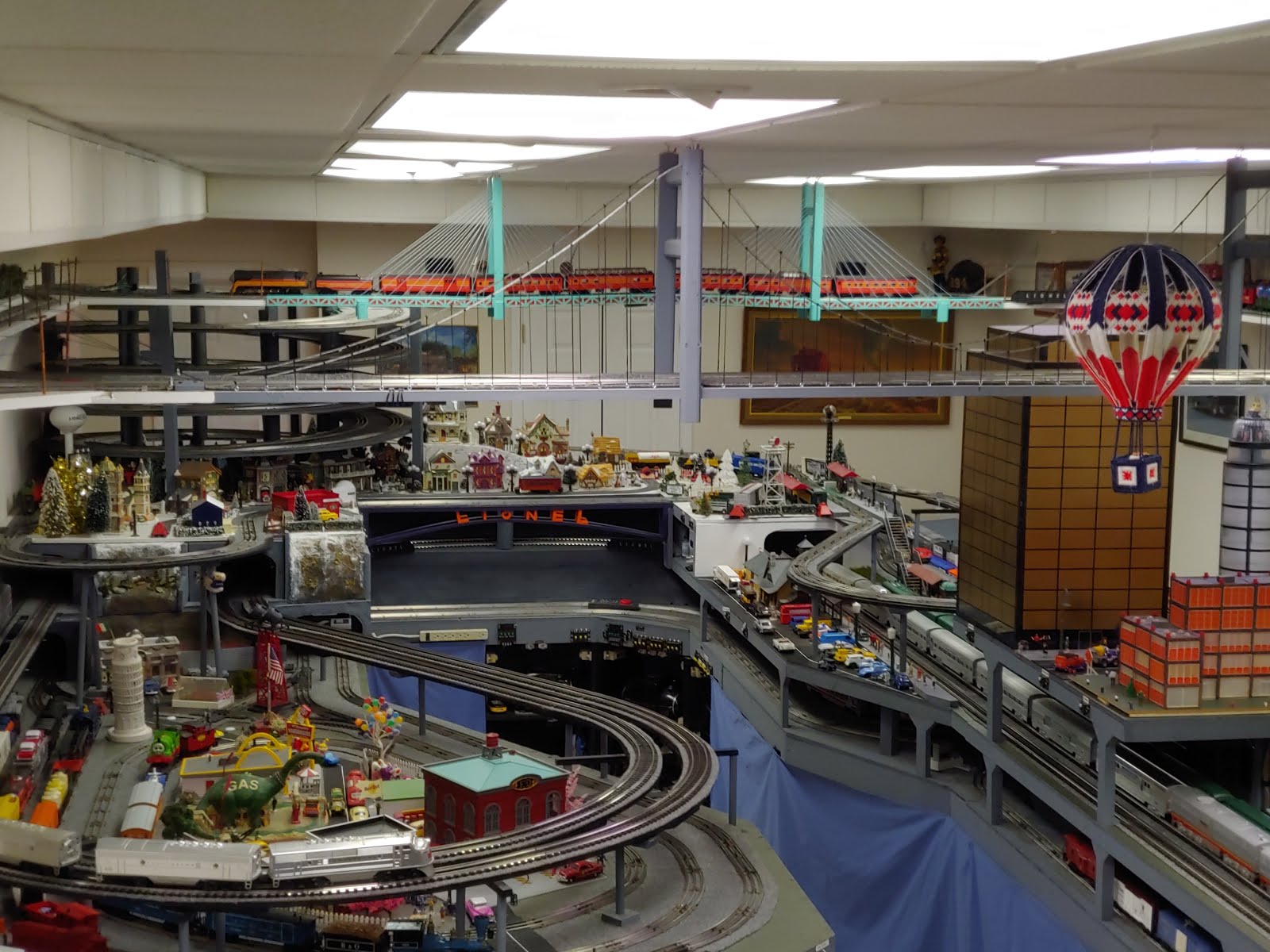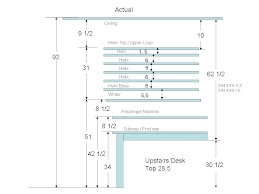Friday, August 18, 2017
NTS&B LCCA Billboard and lighting
I joined the Lionel Collectors Club of America (LCCA) while at a train show in the Kennesaw Civil War and Locomotive History Museum. One of the benefits of membership, is that you receive all of the Lionel Catalogs for the year. I also received this Christmas billboard for joining. I decided to convert some spot lights that I bought at York from bulbs to L.E.D.s. The spot lights are metal and nicely made, but the bulbs they used were defective. Here are the results.
Wednesday, August 16, 2017
NTS&B Banjo Signal
At the same show that I bought the 153 Semaphore, I was also talked into buying a Lionel
140 Banjo (Road Crossing) Signal. When activated, the signal has a swinging stop sign that swings across a red light, so the light appears to be flashing. The following pictures show the stop sign in both positions, now that I finally found a place to use it.
Monday, August 7, 2017
NTS&B Lionel Semaphore and Z Stuff Signals Installed
I was recently talked into buying a Lionel #153 Block Control (Semaphore ) Signal at a train show, since it is a neat accessory. When I finally figured out I could use it on the mainline, I had to buy another one since I have 2 mainlines. These 2 signals control the end of the passenger station yard. I had also bought some used Z-Stuff Dwarf Block Signals and crossing bells in a box of stuff way back in 2010. All of these devices are powered off a separate supply, so they stay on even if there is no track power. The semaphores are controlled by supplying the grounds using isolated track sections. This initially consisted of most of the loop, but the devices were getting too hot because the chance of parking a train on the block was very high which kept them constantly activated. I then shortened the block tremendously. This is still sometimes a problem, so I need to come up with a solution to cut them off if they get too hot. The Z-Stuff signals can operated off a built in photo cell or isolated track. Since the signals were on a curve, I could not get the devices close enough to the track to use the photocell, so I had to use isolated track sections with them also. The crossing signals could also use photocell or track sensing. Since it was 'protecting' three tracks, the 2 mainline tracks are detected with isolated blocks, while the inside 0-27 loop depends on the photocell. This is what they look like.
Semaphores indicating clear tracks ahead.
Semaphores showing occupied block.
Z-Stuff Dwarf Block Signal.
Z-Stuff Crossing Signals.
Subscribe to:
Posts (Atom)













